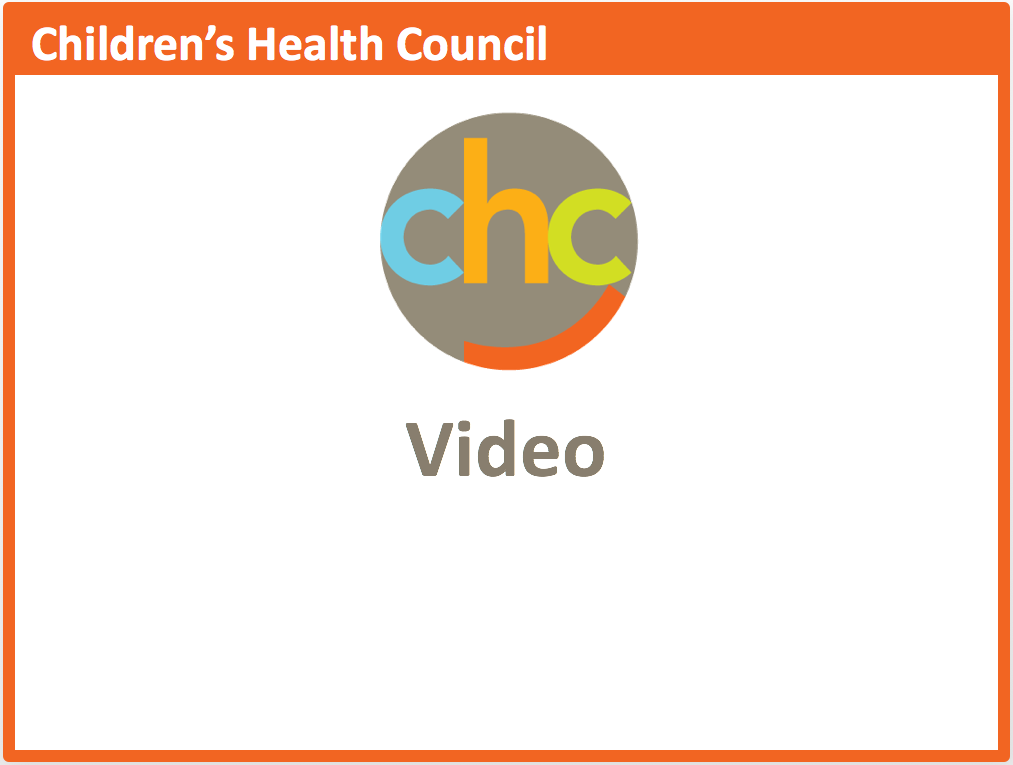 Children with disabilities—such as physical, developmental, intellectual, emotional, and sensory disabilities—are at an increased risk of being bullied. Any number of factors— physical vulnerability, social skill challenges, or intolerant environments—may increase the risk. Research suggests that some children with disabilities may bully others as well.
Children with disabilities—such as physical, developmental, intellectual, emotional, and sensory disabilities—are at an increased risk of being bullied. Any number of factors— physical vulnerability, social skill challenges, or intolerant environments—may increase the risk. Research suggests that some children with disabilities may bully others as well.
Creating a Safe Environment for Youth with Disabilities
Special considerations are needed when addressing bullying in youth with disabilities. There are resources to help kids with disabilities who are bullied or who bully others. Youth with disabilities often have Individualized Education Programs (IEPs) or Section 504 plans that can be useful in crafting specialized approaches for preventing and responding to bullying. These plans can provide additional services that may be necessary. Additionally, civil rights laws protect students with disabilities against harassment.
Creating a Safe Environment for Youth with Special Health Needs
Youth with special health needs—such as diabetes requiring insulin regulation, food allergies, or youth with epilepsy— may require accommodations at school. In these cases they do not require an Individualized Education Program or Section 504 plan. However, schools can protect students with special health needs from bullying and related dangers. If a child with special health needs has a medical reaction, teachers should address the medical situation first before responding to the bullying. Educating kids and teachers about students’ special health needs and the dangers associated with certain actions and exposures can help keep kids safe.
Federal Civil Rights Laws and Youth with Disabilities
When bullying is directed at a child because of his or her established disability and it creates a hostile environment at school, bullying behavior may cross the line and become “disability harassment.” Under Section 504 of the Rehabilitation Act of 1973 and Title II of the Americans with Disabilities Act of 1990, the school must address the harassment. Read more about federal civil rights laws.
Bullying Prevention for Children with Special Health Care Needs
Having special health care needs due to neurological, developmental, physical, and mental health conditions can add to the challenges children and young people face as they learn to navigate social situations in school and in life. While bullying and cyberbullying is an unfortunate reality for many young people, children with special healthcare needs are at greater risk for being targeted by their peers.
One reason children and young adults with special health care needs might be at higher risk for bullying is lack of peer support. Having friends who are respected by peers can prevent and protect against bullying. Ninety-five percent of 6- to 21-year-old students with disabilities were served in public schools in 2013. However, children with special health care needs may have difficulty getting around the school, trouble communicating and navigating social interactions, or may show signs of vulnerability and emotional distress. These challenges can make them be perceived as different, and increase their risk of aggression from peers.
Young people with special needs may benefit from, both individualized and class-wide approaches to address the specific effects of their condition and prevent them from becoming the target or perpetrator of bullying. Teachers, school staff, and other students need to understand the specific impairments of a child’s health condition, so that they can develop strategies and supports to help them participate and succeed in class and with their peers.
Supporting Special Needs and Preventing Bullying at School
Strategies to address student’s special needs at school can also help to prevent bullying and have positive outcomes for all students, especially tactics that use a team approach, foster peer relationships, and help students develop empathy. Some strategies include:
- Engaging students in developing high-interest activities in which everyone has a role to play in designing, executing or participating in the activity.
- Providing general up-front information to peers about the kinds of support children with special needs require, and have adults facilitate peer support.
- Creating a buddy system for children with special needs.
- Involving students in adaptive strategies in the classroom so that they participate in assisting and understanding the needs of others.
- Conducting team-based learning activities and rotate student groupings.
- Implementing social-emotional learning activities.
- Rewarding positive, helpful, inclusive behavior.
Peer Support Makes a Difference
Here are examples of innovative strategies used by schools to promote peer-to-peer learning, foster relationships, and prevent bullying:
- One high school created a weekly lunch program where student’s with and without special healthcare needs sat and ate lunch together. Several senior students led the group, and invited their friends to join. All kinds of students participated. The students got to know each other through question and answer periods and discussions over lunch. They discovered things they had in common and formed friendships. A group of them went to the prom together.
- Another school created a club rule that required clubs to rotate leadership responsibilities in club meetings so that every member had a chance to run the group. This allowed students with special health care needs to take on leadership roles.
Peer support is an important protective factor against bullying. By working together, teachers, parents and students can develop peer education, team-building, and leadership activities that foster friendships, build empathy, and prevent bullying to make schools safer and inclusive for all students, including children with special healthcare needs.
Additional Resources
- Bullying and Children and Youth with Disabilities and Special Health Needs Tip Sheet – PDF
- Protecting Youth from Bullying: the Role of the Pediatrician
Learn more about how you can help prevent bullying and what other resources are available to you on stopbullying.gov.
Source: Stopbullying.gov, an official website of the United States government | Bullying and Youth with Disabilities and Special Health Needs, https://www.stopbullying.gov/at-risk/groups/lgbt/index.html | Last reviewed July 2018
To schedule an evaluation or to get advice about your child’s challenges, call or email a CHC Care Coordinator at 650.688.3625 or careteam@stage.chconline.org



